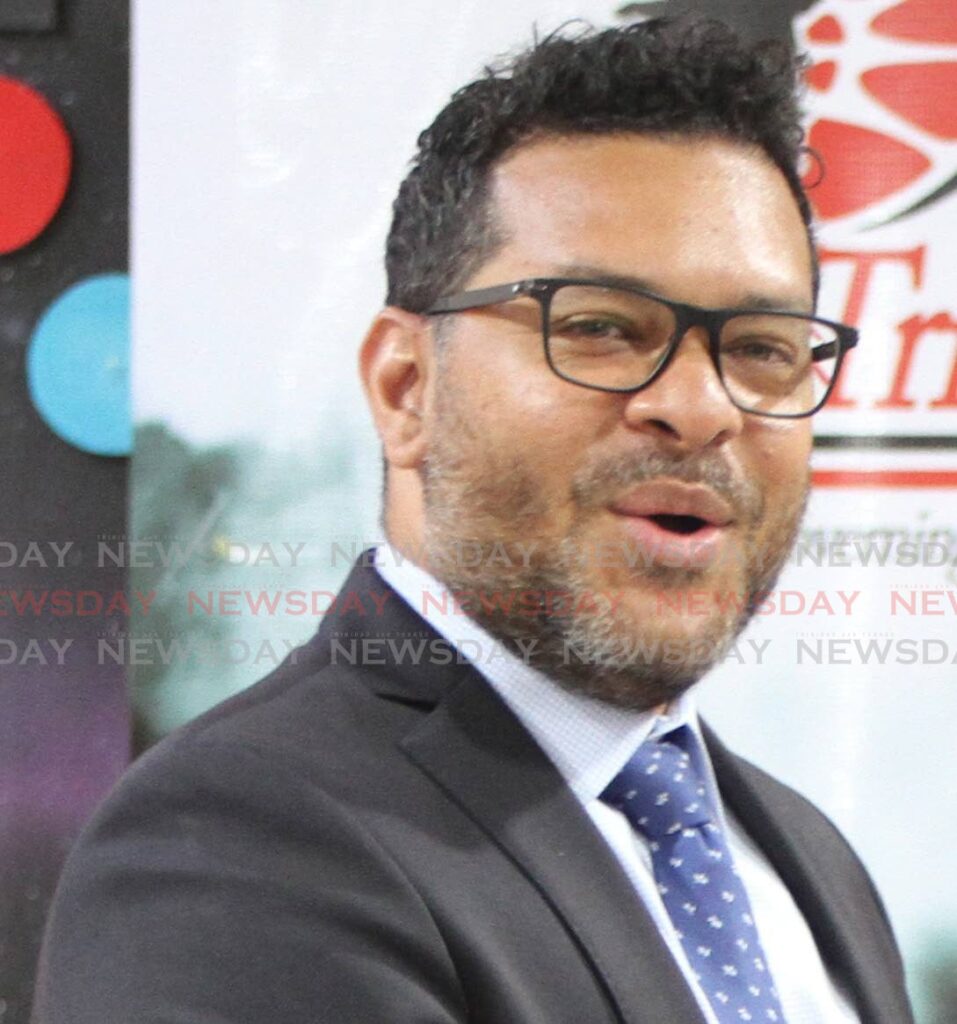Tourism’s big bucks

THAT TOURISM has the potential to be a significant driver of economic growth and diversification was underlined by Randall Mitchell’s recent statement that the sector contributed $16 billion to gross domestic product or GDP for fiscal year 2023-2024.
However, a closer look at the figures used by the Minister of Tourism, Culture and the Arts reveals a somewhat mixed picture when it comes to the efficacy of the state’s ongoing efforts to increase reliance on this industry.
Speaking in the Senate on October 22, Mr Mitchell said the $16 billion was 7.5 per cent of GDP, according to the World Tourism and Travel Council.
Like Finance Minister Colm Imbert in his budget presentation, the tourism minister painted a picture of “growth” and “steady improvements,” noting the figure was put at 7.3 per cent in the previous fiscal period.
However, the council’s statistics for the year 2019 – the last year before the distortions of the covid19 pandemic – suggest tourism accounted for 7.8 per cent of GDP back then.
This suggests a decrease when compared to that benchmark year, not an increase.
While the council put the total contribution to the economy in 2019 at $12.5 billion, suggesting the figure is now significantly higher, it is notable that overall reliance on the sector has not expanded to a similar degree.
This is more so when we consider a key driver of economic growth for successive budgets has been the non-energy sector.
Be that as it may, the core point made by Mr Mitchell is indisputable.
Tourism is big bucks. And there is incredible earning potential.
In that regard, other statistics paint a more straightforwardly bullish picture.
According to Mr Imbert, air arrivals surged by 36 per cent in 2023. Cruise arrivals increased by a whopping 91 per cent, with a total of 181,701 passengers arriving on these shores in the same reporting period referenced by Mr Mitchell.
Tourism Trinidad Ltd is now aiming to achieve 500,000 arrivals by 2026.
Yet, how are these arrivals being monetised? And are we doing our best when it comes to enhancing the quality of the tourism experience?
Recent international rankings, such as the Lonely Planet Best in Travel guide and Wanderlust’s Reader’s Choice Awards, have placed this country among the world’s best.
However, according to the council, international visitor spending in 2020 was just under $800 million, dwarfed by domestic tourist spending which was about $5 billion.
That suggests we continue to rely disproportionately on local tourism in terms of earnings.
If we want to maximise revenue, we need to think about tourism in everything we do: from how we use land and urban spaces to improving customer service levels. The Tobago carnival is also a good example of what can be pushed even further.

Comments
"Tourism’s big bucks"